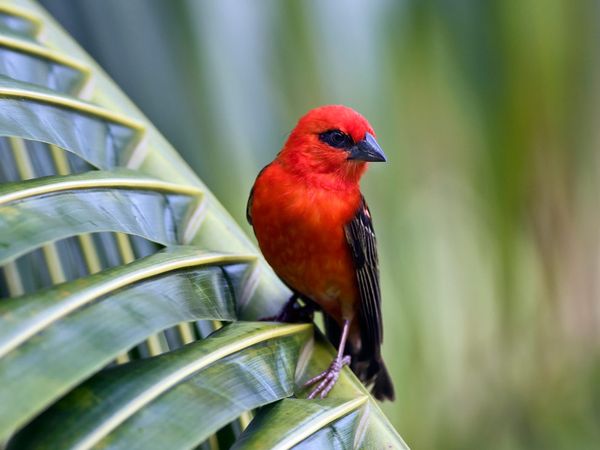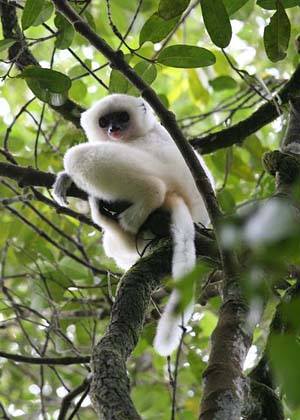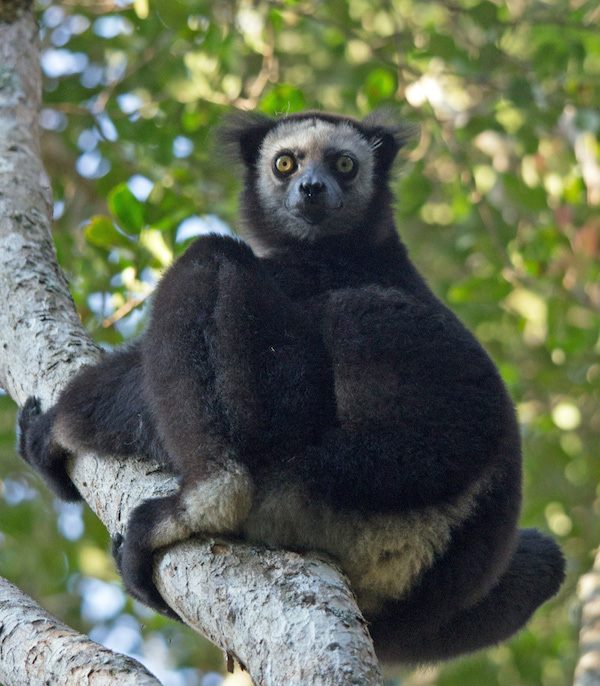
Manongarivo
On the plan
GPS Between latitudes 13°53'-14°08' South and longitudes 48°14' and 48°29' East
Area 51 568 Ha
VISIT US
Depending on your means of transport :
- Ground Transportation
There are different entry points to reach the Tsaratanana NIR:
- In the south, it's the entrance that leads to the summit (Maromokotra), which can be reached via the RN 31 between Antsohihy and Bealanana, then via a secondary road between Bealanana and Ambatoriha to Mangindrano.
- The most common route is from Ambanja to Marotolana-Beangona Ambevy along the RN4-12, followed by a boat trip across the Sambirano.
- In the northern part, the entrance is at Beramanja RN6 about 30 km south of Ambilobe, followed by a secondary road to Anaborano Ifasy.
Tips for reaching the Park/Reserve:
A 4*4 vehicle is essential to reach the Manongarivo outskirts, especially during the rainy season. In all cases, you'll need to walk long distances to enter the PA, including climbs that should be done under the guidance of a local guide. In these different entry points, it is necessary to hire local porters and guides.
- Maritime transport
None
- Air transport
None
Reception infrastructures
- No specific tourist infrastructure is known, but a village lodge exists in Antanambao-Ambahatra and a Beraty sector office is operational. Logistical arrangements (access, guidance and camping) for scientists with research permits are to be discussed with the manager at headquarters in Antananarivo.
- Visitors are advised to seek further information from the Madagascar National Parks office in Ambanja before entering the PA.
Fees and charges
Download the reference document to find out more about park fees and charges.





